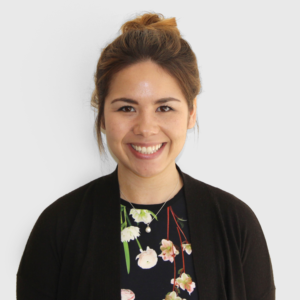Insight
June 13, 2017
Puerto Rico’s Questionable Vote for Statehood
Amid its ongoing quasi bankruptcy proceeding, Puerto Ricans took to the polls this past Sunday to vote on Puerto Rico’s territorial status. In its fifth non-binding referendum since 1967, 97 percent of Puerto Ricans voted for statehood. More than half a million votes were cast for statehood, nearly 7,800 for free association/independence, and about 6,800 for the current territorial status. Although statehood received an overwhelming majority, the 2017 referendum saw the lowest voter turnout of the five status referendums. Just 23 percent of registered Puerto Ricans voted this past Sunday. Table 1 shows the past results and voter turnout rates of Puerto Rico’s status referendums.
Table 1: Puerto Rico Status Referendum Results
| Year | Results | Voter Turnout Rate |
| 1967 | Commonwealth: 60.4%
Statehood: 39.0% Independence: 0.6% |
65.9% |
| 1993 | Commonwealth: 48.6%
Statehood: 46.3% Independence: 4.4% |
73.5% |
| 1998 | Statehood: 46.5%
Independence: 2.5% Free Association: 0.3% Commonwealth: 0.1% None of the Above: 50.3% |
71.3% |
| 2012 | Statehood: 61.2%
Free Association: 33.3% Independence: 5.5% |
78.2% |
| 2017 | Statehood: 97.2%
Free Association/Independence: 1.5% Current Territorial Status: 1.3% |
23.0% |
Source: Puerto Rico State Elections Commission
Although the percent of individuals in favor of statehood rose from the 2012 referendum, the number of votes cast for statehood decreased by roughly 300,000 votes. In the 2012 referendum, the first-time statehood won the majority vote, 834,191 Puerto Ricans voted for statehood, compared to only 502,616 votes this year.
The low turnout rate is being attributed to a boycott of the vote led by opposition groups. The Popular Democratic Party and the Puerto Rican Independence Party rallied Puerto Ricans to refrain from voting, claiming the referendum was a waste of time, since Congress would have to approve a commonwealth change. Other Puerto Ricans cited their absence was due to their disapproval of the referendums cost at a time when Puerto Rico is struggling with a $70 billion debt crisis. The referendum efforts are estimated to have cost between $8 million and $11 million.
What Happens Next?
Puerto Rico Governor Ricardo Rosselló has been publicly campaigning for a vote for statehood. Given the majority vote, Governor Rosselló has stated he plans to surge forward with efforts to make the island the 51st U.S. state. The Governor plans to create a commission, comprising of two United States Senators and five Representatives, which he will send to Congress to request statehood for Puerto Rico. This is the same tactic that Tennessee used to pressure Congress to admit Tennessee as a state in 1796.
It is unclear whether Congress will admit Puerto Rico into the Union. Puerto Rico statehood has both financial and political implications that the current administration may not want to take on. Last month Puerto Rico filed for what is essentially bankruptcy through Title III under the Puerto Rico Oversight, Management, and Economic Stability ACT (PROMESA) to restructure its debt. Puerto Rico’s debt crisis has led to an increase in Puerto Ricans’ reliance on social assistance programs, with about two-thirds of Puerto Ricans relying on Medicaid and/or Medicare. If Puerto Rico were to become a state, federal funding for the island would not be subject to a cap on medical expenses as it is now. That said, the transition to statehood would also spur additional revenue generated by Puerto Ricans paying income taxes.
Conclusion
While this non-binding referendum may be a win in the eyes of Governor Rosselló, the vote is only the beginning of Puerto Rico’s statehood process. The low turnout rate will likely draw concerns over whether Puerto Rico’s vote for statehood should be considered legitimate. Furthermore, the protests regarding the referendum hint that a demand for statehood may not only face a roadblock in Congress, but with some Puerto Ricans. Many island residents are calling for Puerto Rico to focus on its financial problems first, before attempting statehood. It remains to be seen if pro-statehood Puerto Ricans will be able to persuade policymakers that statehood is a sensible next step, in light of the island’s economic and budgetary struggles.










